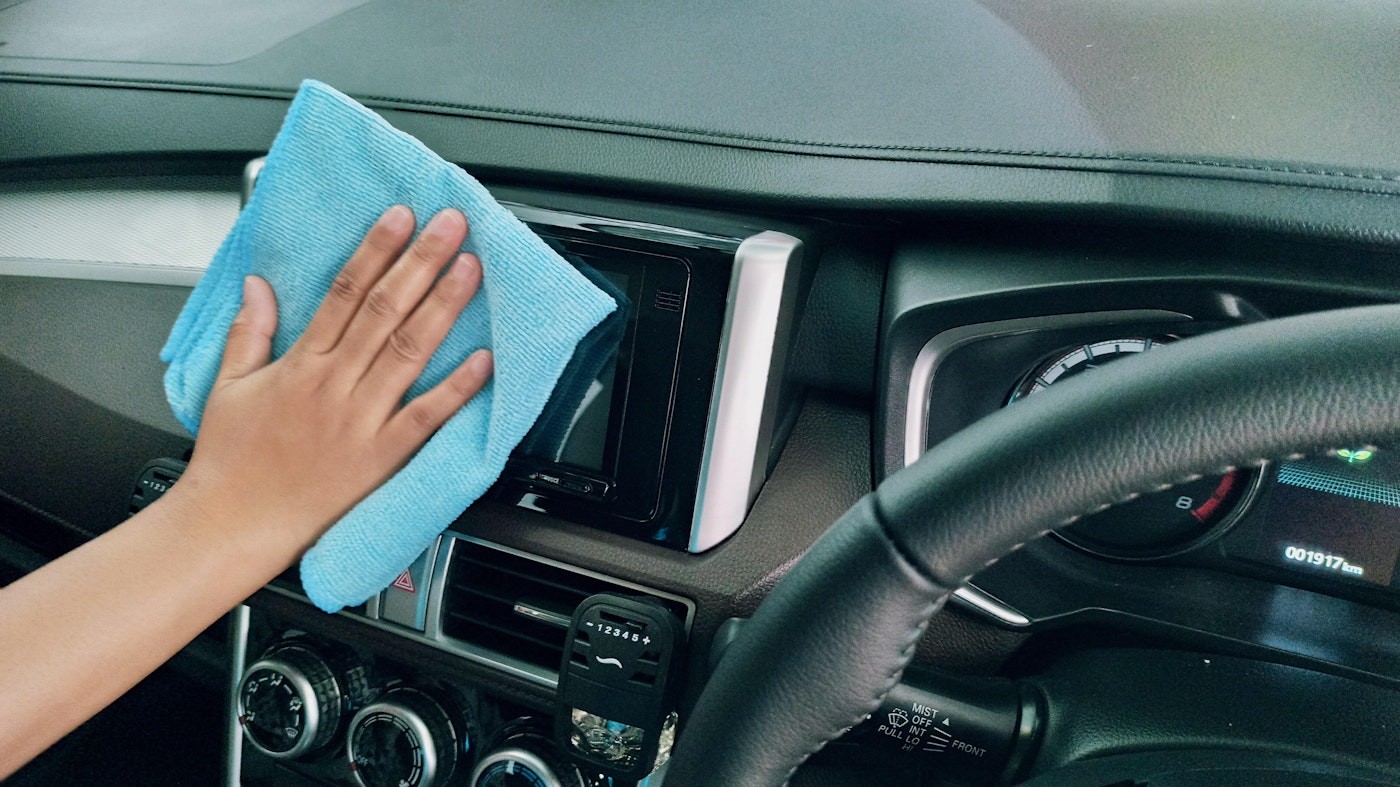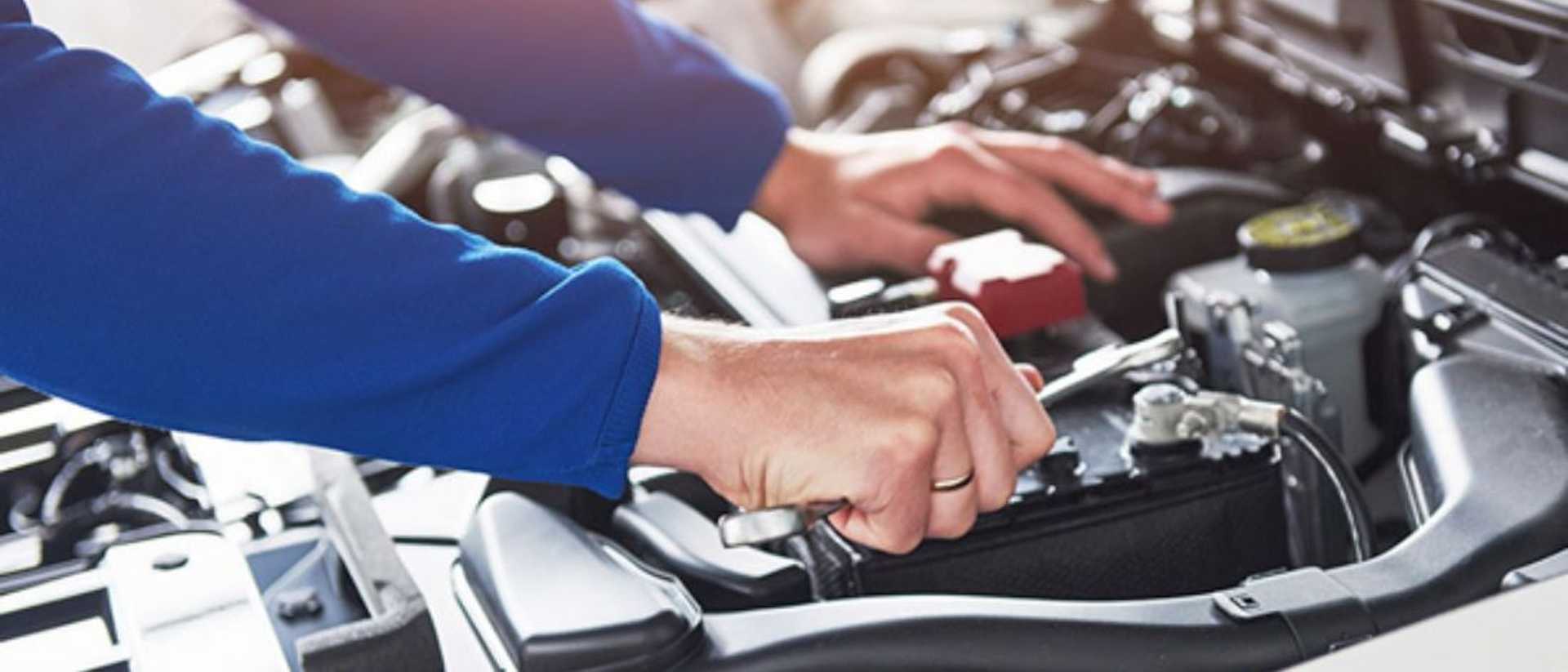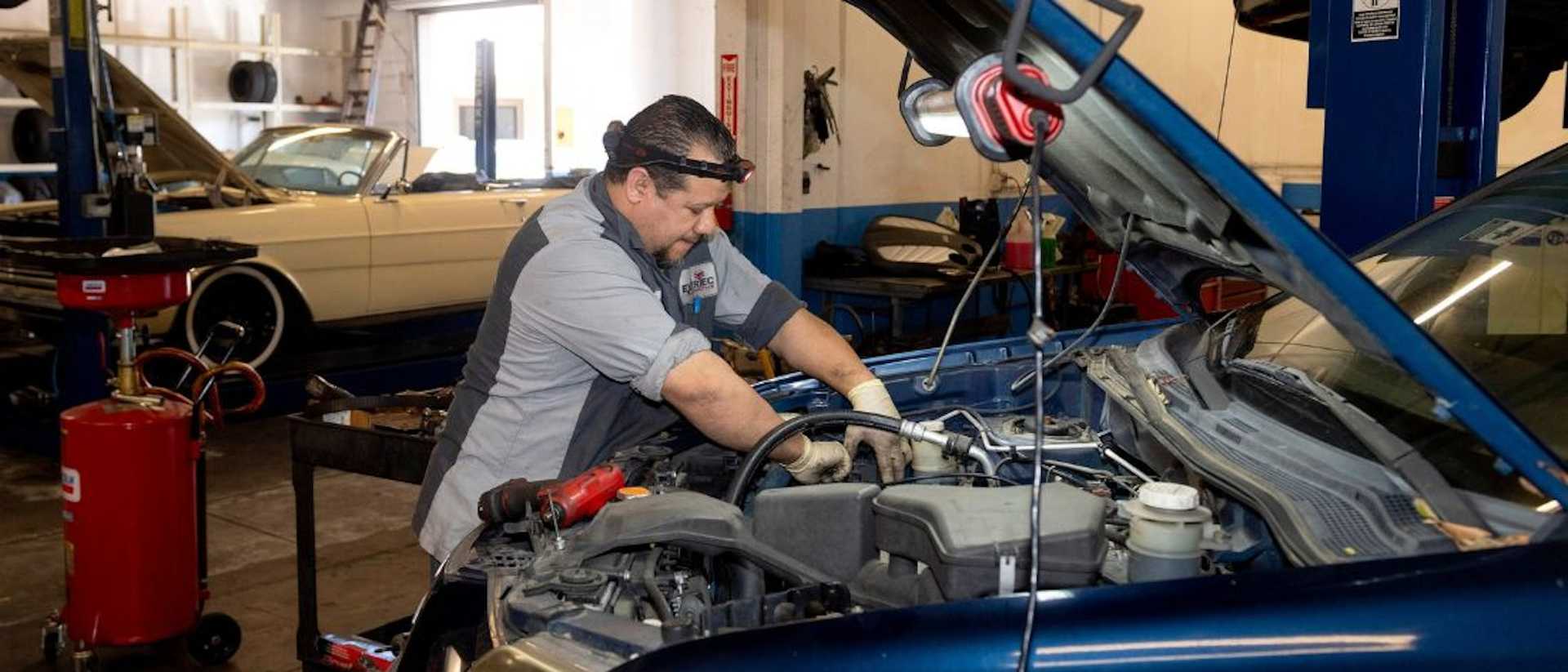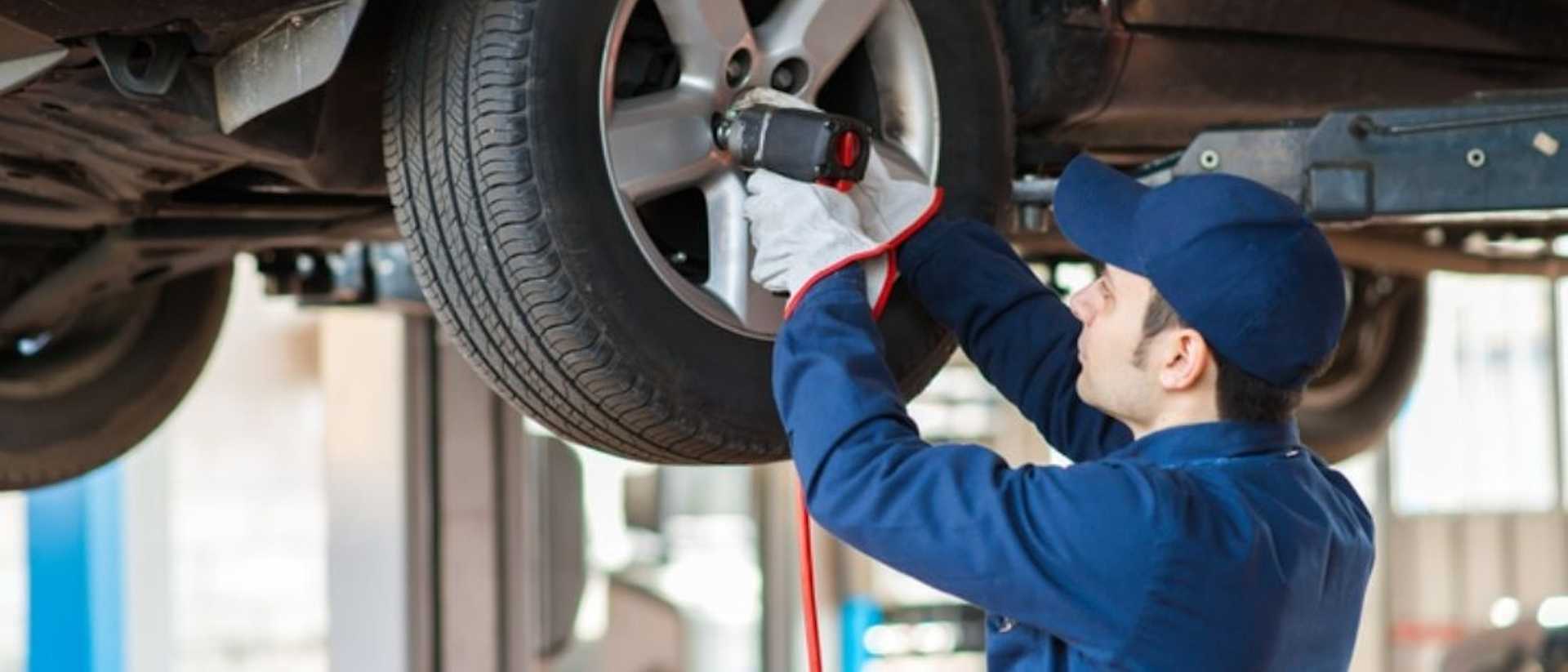Car Maintenance & Servicing Tips
.png)
We all know that feeling when we get into our cars and the "check engine" light comes on. It's a sinking feeling, knowing that something is wrong and we have to take it to the mechanic.
Car maintenance doesn't have to be a headache if you understand the basics of car care and apply them consistently. But what exactly does that entail? And how can you save money on car maintenance and servicing? Here are some tips to help you out.
How to increase your vehicle’s longevity
When it comes to your car's longevity, the keyword is prevention. It's astonishing how many people choose to ignore basic care for their car and adopt an 'if it ain't broke don't fix it' mentality - this is why mechanics have one of the most reliable jobs in the world.
No matter how valid excuses like "I'm too busy" or "I do not understand cars" can seem, following really simple practices like the ones we'll outline below are so beneficial, that taking your car to a mechanic may never be a source of pain ever again.
In addition to regular services from a competent mechanic, there are plenty of things you can do as a driver, from checking the engine oil regularly to storing your car correctly in the summer, that will help you achieve more life for your vehicle and retain its value.
What are the different types of car maintenance?
Preventative maintenance:
This includes regular tasks such as oil changes and tire rotations that are designed to prevent problems from occurring in the first place.
Repairs:
This includes fixing any issues that arise with your car, such as a malfunctioning engine or broken parts from a crash. This is often when a professional mechanic would step in unless you are well-versed in car repairs.
Repairs can be pricey and although they're sometimes unavoidable, it's useful to focus on preventative upkeep so that one neglected part doesn't end up causing a cascade of expensive issues.
Upgrades:
This may include adding aftermarket parts or modifications to improve the performance of your car.
How often should maintenance be done on a car?
The frequency of car servicing will depend on the age and model of your car, as well as how much you drive it. As a general rule of thumb, it’s recommended to have your car serviced every 6 months or 10,000km, whichever comes first.
As for maintenance in between scheduled services, it will depend on how much time you're willing to devote to your vehicle. As we've already mentioned, the more regularly you do DIY checkups on your car such as checking tyre pressure, engine oil, and air filters, the more optimally it will perform in the long run and help you avoid more expensive fixes over time.
Once a month is ideal, but we recommend at least one DIY maintenance check on your car between each service. After every service, set a reminder for yourself for around the 3-month mark and follow a car maintenance checklist like the one we've provided in this article.
However, if your car is too far gone and you’re tired of having to constantly fix a rapidly ageing vehicle, it may be time to consider upgrading to a newer model. At Driva, we help people make this transition by searching through thousands of lender policies, finding the cheapest rate for a car loan and getting them behind the wheel of a reliable, new vehicle.

Car Maintenance Checklist
Here is a car maintenance checklist that you can use to help ensure that your vehicle is always in great shape
- Check the oil level: Make sure the oil level is at the proper level and top it up if necessary.
- Check your car battery: Clean the battery terminals and ensure that the battery is charged using a voltmeter. This can help to extend its life and avoid flat battery incidents. If the battery charge is too low after running the engine for 45 minutes, consider replacing it.
- Check the tires: Check the tyre pressure and tread depth, then rotate the tires every 10,000 Km or so. Rotating your tyres from one wheel to another will ensure that your tires wear evenly, which can help to extend their life.
- Check and replace the air filter: A dirty air filter can reduce fuel efficiency and performance, so it's important to replace it with a new filter every 30,000 miles or so.
- Clean or replace the spark plugs: Spark plugs are a crucial component of your car's engine and should be clean from oil and debris at all times. Clean during every check-up and replace spark plugs every 20,000 Km or so.
- Check and replace the fuel filter: A clogged fuel or oil filter can severely reduce performance and volume in the fuel system, so replace every 30,000 Km or so.
- Check the brake pads: Look for signs of wear, such as thinning or grooves, and replace them if necessary. Worn-out brakes can be dangerous, so it's important to make sure that they're in good working order.
- Check lights: With your car running, inspect the headlights, fog lights and brake lights and all the electronics. Being sure to go through every setting from low to high to see if the bulbs are working as they should. If not, replace the inexpensively yourself and avoid a fine on the road.
- Check the radiator hoses: Check for any signs of cracking and have damaged hoses replaced.
- Check the belts: Look for wear or tear and replace any that are damaged.
- Check engine fluids: Check the levels of all of your car's fluids, including the transmission fluid, power steering fluid, brake fluid, and coolant, and top them off if necessary.
When following this checklist, be sure to consult the vehicle owner’s manual. The owner’s manual will give you the proper intervals and limits for replacing parts and topping up fluids, as set by the vehicle manufacturer.
DIY car maintenance is a crucial part of keeping your ride running smoothly and avoiding expensive repairs. From checking and replacing the radiator coolant, brake lights, and rotating tires to changing windscreen wiper blades, these tasks are essential for keeping your car in good shape.
With a little bit of basic knowledge and effort, you can save time and money by taking care of your car yourself. So don't be afraid to get your hands dirty – your car (and wallet) will thank you!

Common mistakes
Here are the most commonly made mistakes that can cause damage to your vehicle. If you're inclined to do any of these, be sure to make a mental note because not doing so can buy you a one-way ticket to the junkyard.
Lack of care
Not regularly checking and servicing your vehicle can lead to all sorts of problems down the line. It's important to be proactive about maintaining your car, rather than waiting for something to break before you take it in for repairs.
Driving aggressively
Speeding, sudden braking and other forms of aggressive driving put unnecessary stress on your car and can lead to premature wear and tear. Drive calmly and smoothly to help prolong the life of your vehicle.
Skimping on parts
When it comes time to replace parts on your car, be sure to use quality components that are designed to last. Cheaper alternatives might save you money in the short term, but they could end up costing you more in the long run if they fail prematurely.
Using the wrong fuel
Using the wrong type of fuel can and will cause damage to your car's engine.
Overloading your car
Exceeding your car's maximum load capacity can put unnecessary strain on its components and cause damage.
Failing to properly clean and maintain your car
A clean car is a happy car! Regularly washing, changing wiper blades and waxing your vehicle will help protect the paint job and keep the windscreen and interior looking nice. Plus, it's just good practice to keep your car clean so you can spot any potential problems that might arise.
Ignoring warning signs
If there are warning lights on your dashboard and likewise, if your car is making strange noises or handling oddly, there could be an issue that needs to be addressed. Ignoring these signs is a bad idea - take your car to a professional as soon as possible.

Final Thoughts
In conclusion, maintaining your car is like maintaining a healthy relationship – it takes a little effort, but it's worth it in the long run. But let's face it, we all make mistakes, even with our trusty vehicles.
That's why it's helpful to have tools like Driva's car finance calculator at your disposal. With this easy loan calculator, you can figure out how much you can borrow to cover those pesky maintenance hiccups or the cost of a new car.


.png)



.jpeg?ixlib=gatsbyFP&auto=compress%2Cformat&fit=max&rect=0%2C0%2C800%2C800&w=500&h=500)



